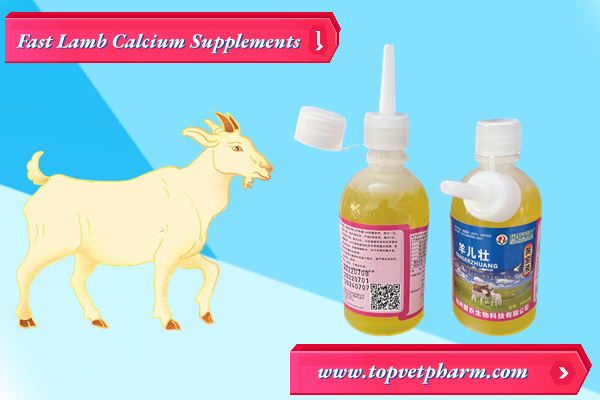Oct. 09 , 2023
A lamb's ability to stand up and walk shortly after birth is essential for its survival and overall health. If a lamb is unable to stand up after birth, it is a cause for concern and may be due to several potential factors:

Weakness: Newborn lambs are often initially weak and may struggle to stand. This is normal to some extent, and they typically gain strength within a few hours to a day. If a lamb is very weak or premature, it may take longer to stand.
Inadequate Colostrum Intake: Colostrum is the first milk produced by the ewe (mother) after birth, and it is crucial for the lamb's immune system development and energy. If a lamb doesn't receive enough colostrum within the first few hours of life, it may be too weak to stand.
Hypothermia: Lambs are susceptible to hypothermia, especially in cold or wet conditions. Low body temperature can make it difficult for them to move and stand. Providing a warm and dry environment is essential.
Birth Trauma: Difficult or prolonged labor can result in birth trauma for both the ewe and the lamb. Injuries sustained during birth may affect the lamb's ability to stand.
Congenital Defects or Health Issues: Some lambs may have congenital defects or underlying health issues that make it challenging for them to stand. These conditions may require veterinary attention.
Infections: Infections, such as joint infections or sepsis, can lead to lameness and weakness, making it difficult for a lamb to stand.
Calcium deficieny:Calcium is a vital essential nutrient for animal growth and skeletal development. If lambs lack an adequate amount of calcium, their bones and muscles may be affected, leading to difficulties in standing

Nutritional Problems: If the ewe's diet during pregnancy was inadequate, it could lead to weak or small lambs that may struggle to stand.
To address this issue and help a lamb stand up after birth, consider the following steps:
Ensure Adequate Colostrum Intake: Make sure the lamb receives colostrum from its mother within the first few hours of life. If the lamb is unable to nurse, you may need to bottle-feed colostrum.
Provide a Warm Environment: Keep the lamb in a warm and dry environment to prevent hypothermia.
Monitor for Signs of Illness: Watch for any signs of illness, infection, or injury in the lamb. If you suspect any issues, consult a veterinarian for a proper diagnosis and treatment.
Assist with Standing: If the lamb is weak but otherwise healthy, you can gently help it stand by supporting its body and encouraging it to use its legs. Be gentle to avoid causing harm.
Consult a Veterinarian: If the lamb's condition doesn't improve within a reasonable time frame or if there are signs of serious health issues, consult a veterinarian for a thorough examination and guidance on treatment.
Keep in mind that the health and well-being of the lamb are of utmost importance, so seek professional veterinary care when necessary to ensure the best outcome for the lamb's health and survival.
Lamb Fast Calcium Supplement
Treating lamb inability to stand and limb paralysis due to calcium deficiency.!









